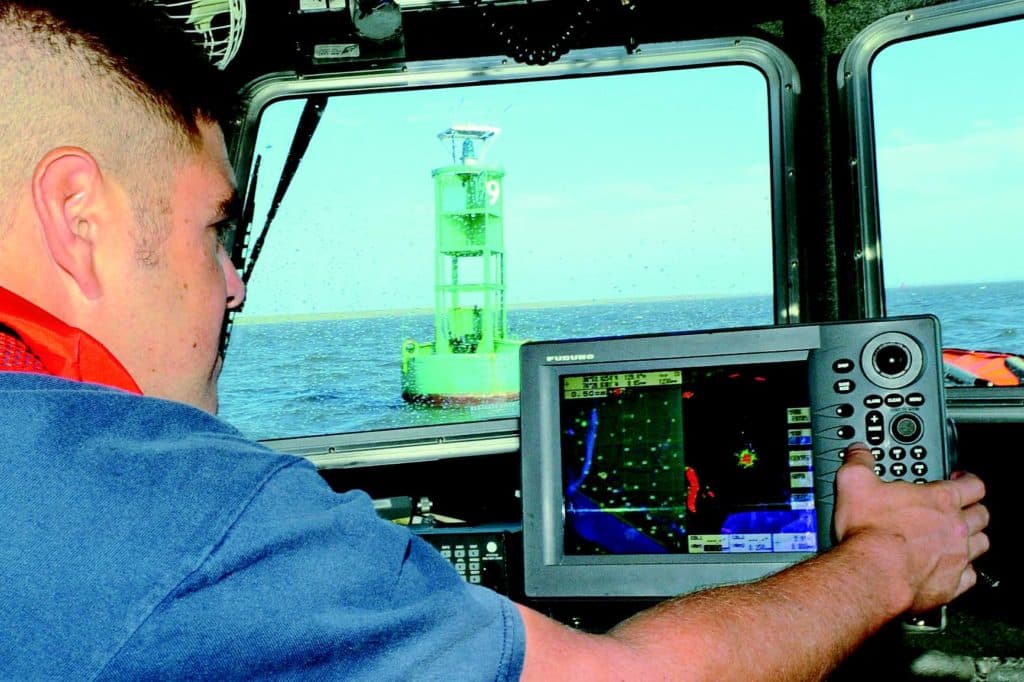
Big water is my term for those conditions that top docks, close roads and flood homes. It results from storm surge, flood-swollen rivers and wind-driven seiches. Big water presents obstacles to boaters long after the storm has passed. Here are three post-storm hazards to watch out for, plus tips for dealing with them.
Flotsam
Big water sets afloat all sorts of things, from propane tanks and refrigerators to fallen trees and the neighbor kid’s yard toys. Such flotsam — debris that inadvertently ends up in the water; jetsam is stuff thrown overboard on purpose — can drift around for weeks. Strike flotsam and damage can range from a dinged prop to a holed hull.
Prudent skippers always look out for obstacles, but it’s imperative to be vigilant following a storm. Often awash — barely afloat and hard to see — debris can sneak up on you. Look for isolated ripples, slicks or shiny spots on the water. I once spotted a drifting wooden walkway only because a gull was standing on it. Had the bird been sitting, it would have looked like it was swimming and nothing would have appeared amiss.
Pulled Sinkers
The same rising water that causes docked boats to get pulled under by their lines can also cause navigation aids to move off-station, or go missing altogether. The former is worse when in familiar waters, and the latter more serious when cruising new ground. Either way, know that extraordinarily high water can pull a buoy’s anchor, known as its “sinker” in Coast Guard parlance, and set it wandering off its position.
Electronics help. Markers are charted. But what do you do when the plotter says you should steer to a point and your own eyes tell you to steer toward another marked by an off-station buoy? Read the water, look at the soundings on the chart, and hail other boaters on the VHF for advice. It’s also a good idea to subscribe to the Local Notice to Mariners, the Coast Guard’s weekly update of, among other things, missing and off-station aids to navigation.
A Movable Feast
Big water, big current and big wind cause channels to shift. Where once was navigable depth there’s now but a glimmer. Compounding this, and by some sadistic twist of Murphy’s Law, navaids will often stay firmly in place when channels and cuts move or fill in the wake of a storm. Trust your plotter and you’ll run aground.
To avoid grounding, read the water. And remember that awareness is your number one tool in overcoming the challenges of post-storm navigation.
The U.S. Coast Guard is asking all boat owners and operators to help reduce fatalities, injuries, property damage, and associated healthcare costs related to recreational boating accidents by taking personal responsibility for their own safety and the safety of their passengers. Essential steps include: wearing a life jacket at all times and requiring passengers to do the same; never boating under the influence (BUI); successfully completing a boating safety course; and getting a Vessel Safety Check (VSC) annually from local U.S. Coast Guard Auxiliary, United States Power Squadrons(r), or your state boating agency’s Vessel Examiners. The U.S. Coast Guard reminds all boaters to “Boat Responsibly!” For more tips on boating safety, visit www.uscgboating.org.








